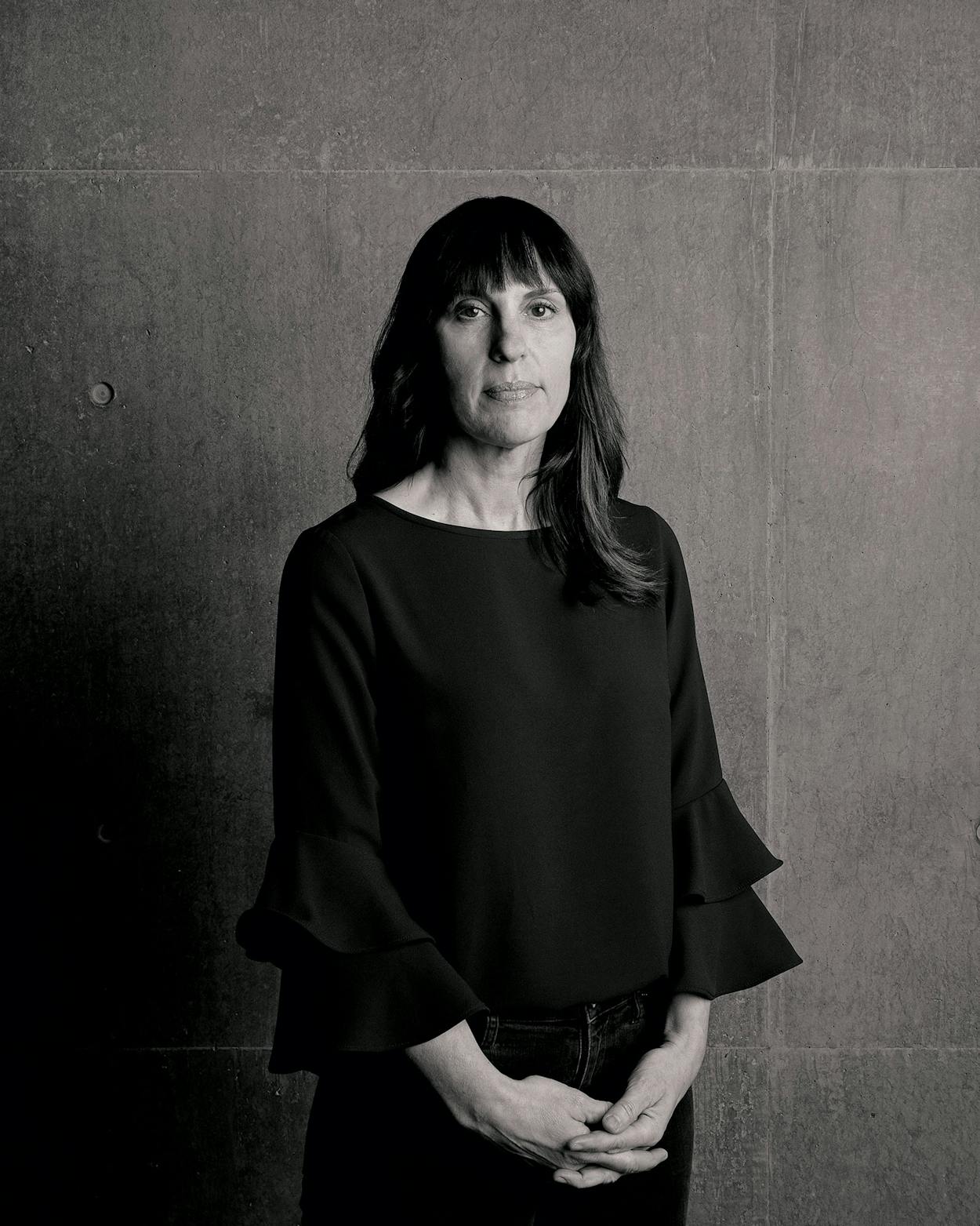Historically, it’s been difficult for women to go into a museum and see art made by women, unless you’re in a women’s museum. But art itself always mirrors what’s happening in the real world in a visual way—the art world is a reflection of the same power structures and patriarchal society the rest of us are all in. This is an exciting moment, because we’re breaking through a very male-centric historic overlay in the art world. Women artists in the past have not been given widespread recognition and we’re moving beyond that now.
Personally and professionally, I’ve been fairly insulated from the good ol’ boys’ club in the art world, because I work for a woman director here at the Modern. Women have been integral to the museum since its inception.
I think women want to be seen on the same world stage as any male artist, any white artist—any artist at all. There’s no push to take identity away in art as a means to address bias, but every artist wants their work to be taken out of a demographic. A Jewish artist doesn’t only want to be shown in Jewish museums. Artists in Harlem don’t just want to be shown in Harlem museums. Often, there’s an overarching theme to an artist’s career, or a dialogue between their work and the artists who came before them, for which they would rather be considered. Maybe their work is about being a woman, straight, or gay, but they want to be recognized because they have something important to say in a larger cultural context, rather than because of something about themselves.
I’m currently organizing an exhibition that opens in October with artist Laurie Simmons, who matured as an artist in the eighties while living in New York City. The 1980s art scene was still white male dominated and many of the popular artists were known for their bombastic macho attitudes, while Simmons has focused on psychologically loaded images of women and female archetypes. She and her generation of women artists never got the air time that their male counterparts have received, so I’m thrilled that the Modern can be the institution to host her work of the last forty years.
Women artists are more prevalent now than they were in the last century, and these women have portrayed themselves more diversely and brought to light that we don’t all fit into the same mold. It is very brave of female artists like Simmons to look at gender constructs and work with and against them in their work. If a young woman can walk into a museum and see something that resonates with her on an emotional or subconscious level, that’s a connection—that’s part of what art does—and it’s important to give that a platform.
To see resources about female mentorship, getting involved in local issues, and what to do if you experience sexual harassment, read here.
More from this collection
The Women’s Voices Project
In a series of as-told-to conversations, two dozen Texan women talk about gender, work, and what needs to change for women in their home state. Read their perspectives here.
- More About:
- Art






